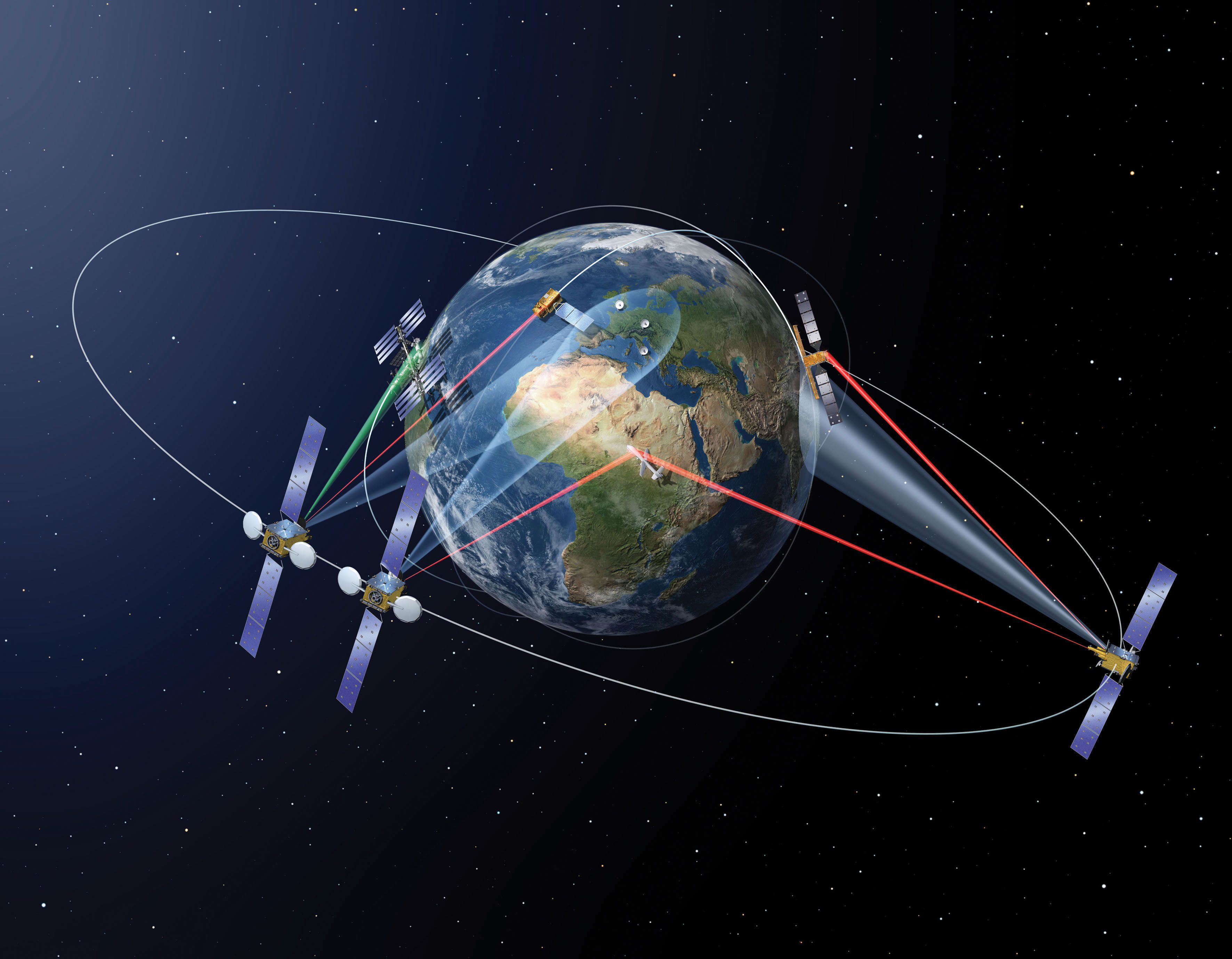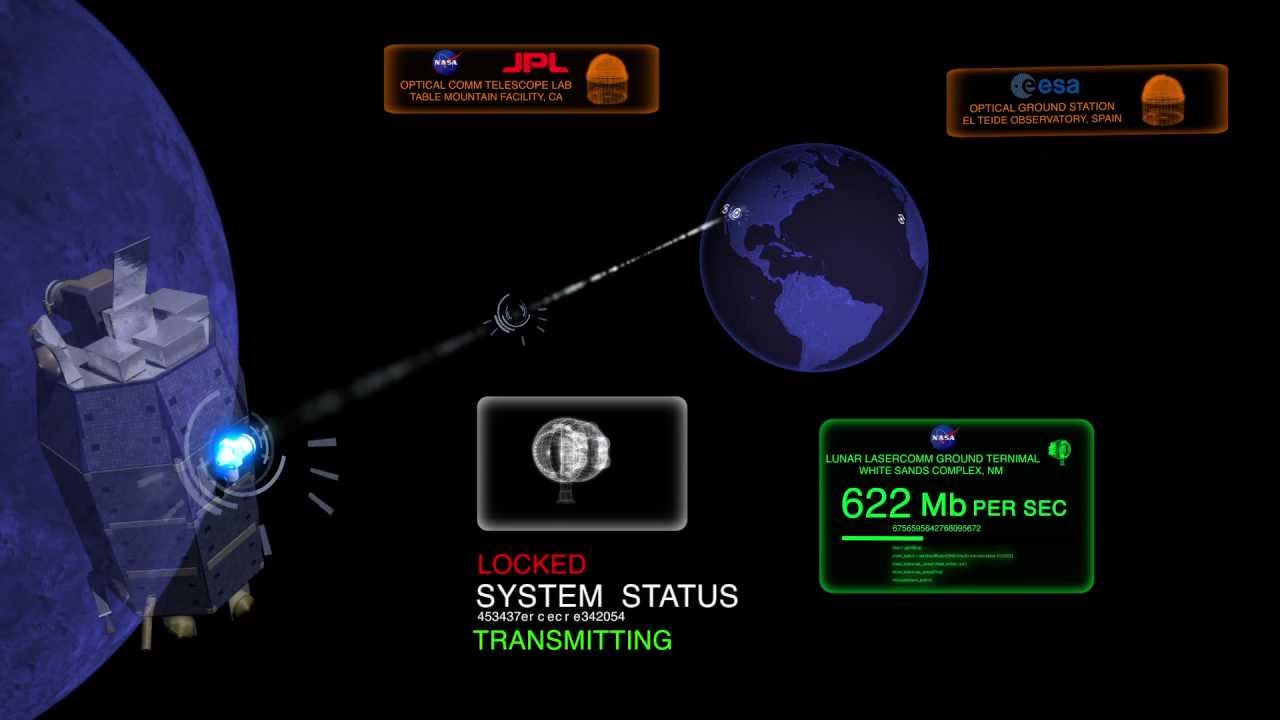Laser communication in space refers to the use of laser communications and visible light communication in outer space. In outer space, the communication . Learn more about laser communications at HowStuffWorks. Laser Communications Relay Demonstration (LCRD).
NASA is working to forever change the way astronauts communicate to and from space using an advanced laser communications system . Recent and upcoming deployments of satellite laser communication systems are bringing Internet-like speeds for data transmission in space.

Earth observation satellites play an indispensible role in reacting to disasters, monitoring global traffic and assisting . Two upcoming projects will demonstrate the feasibility of high-spee long- distance laser communications. Since the dawn of the space age, NASA probes have beamed data home to Earth using radio-frequency communication. Space-based laser communications are moving out of the testing phase and into orbit as the first satellite in the European DAta Relay . They work similarly to fiber optic links, except the beam is transmitted through . NASA engineers are developing new laser communications technology that is to be tested on the second flight of the Orion spacecraft just . It is sure to be edged out by laser -based communication. The higher bandwidth and faster transmission rates will prevail wherever superior surveillance .

A one way laser communications system that is capable of the transmission of both text and sound. Laser sources enable highly efficient optical communications links due to their ability to be focused into very directive beam profiles. There is considerable interest in extending the range of laser communications. This can be done quite feasibly in space or the upper atmosphere.
Paris, France – Astrobotic, which is . Free space optics (FSO) communication involves the use of modulated optical or laser beams to send telecommunication information through the atmosphere. A diagram illustrating how EDRS works. The LEO satellite communicates with the geosynchronous node via laser – and then the node uses . Find out information about laser communication.
Optical communication has been one of the driving forces in developing laser diode technology. Today, diode lasers are the key components of any broadband. This technology uses higher regions of the spectrum, and offers unsurpassed . Free-space laser communication systems have the potential to provide flexible, high-speed connectivity suitable for long-haul intersatellite and deep-space links. The European Space Agency is moving to improve its communications system in space using lasers , which have the potential to transmit . In this the amplitude of the carrier is varied according to . Efforts to develop laser communication systems struggled for much of the twentieth century: weak lasers and problematic detectors derailed . The attached video describes the process in .

Give students at least minutes to assemble .